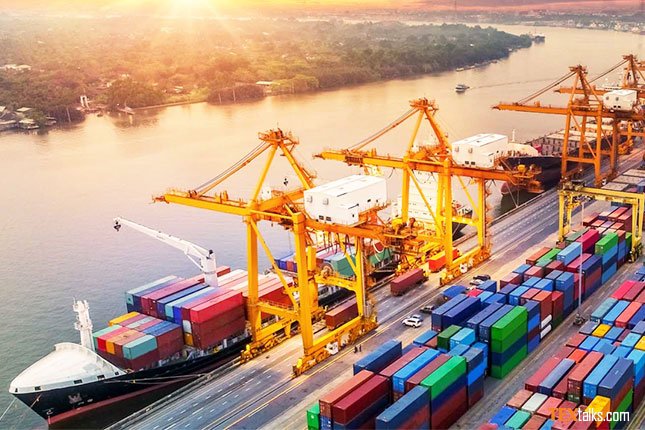It took eight years to negotiate, but the world’s biggest free trade agreement finally crossed the line on 15 November. Cue a scramble to digest the implications, for fashion and textiles as much as any other sector.
The Regional Comprehensive Economic Partnership (RCEP) brings together 15 APAC countries. It covers 28 per cent of global trade and 50 per cent of textile and apparel exports, valued at $374 billion.
Tariffs among some states are already low — RCEP includes 10 ASEAN members and over 70 per cent of trade within ASEAN is conducted with zero tariffs. But the further reduction of tariff rates to zero for most textile and apparel traded between RCEP members will have a ripple effect for both RCEP and non-RCEP members.
Specifically, the trade deal is likely to incentivise the use of textiles from member suppliers like Japan, South Korea and China to the detriment of textile exports from the EU or the US. According to estimates published in 2018, RCEP members’ textile imports from the US and the EU will drop from 9.4 per cent to 6.5 per cent after the implementation of the agreement.
A China win?
While economists may disagree on the impact that the deal will have on member states, they agree that it consolidates an ongoing geopolitical and economic shift from West to East, with China at its centre. India, which had the economic and political clout to balance China’s dominance in the deal, withdrew from the agreement in 2019.
Significantly, the RCEP follows the withdrawal of the US from the Trans-Pacific Partnership (TPP), another regional trade agreement, in 2017. President-elect Biden has not committed to rejoining the TPP.
Chinese products are among the best positioned in terms of price competitiveness to make the most of lower import tariffs.
Impact on the Euro-Med region
This summer, the European Commission recommended amendments to trade agreements in the Euro-Med zone, including countries such as Turkey, Morocco and Tunisia, aimed at developing a more integrated supply chain in the region. By lowering trade duties, the new rules, which should enter into force in 2021, were optimistically presented as a significant tool to encourage companies to nearshore production from countries like China and Bangladesh. The signing of the RCEP throws some cold water over that optimism.
Between 2018 and 2019, imports from RCEP countries to Europe grew 6 per cent to €63 billion, while exports from Europe to the RCEP countries grew 6.5 per cent to €10 billion.
The full list of RCEP countries includes: Australia, Brunei, Cambodia, China, Indonesia, Japan, Laos, Malaysia, Myanmar, New Zealand, the Philippines, Singapore, South Korea, Thailand and Vietnam.



